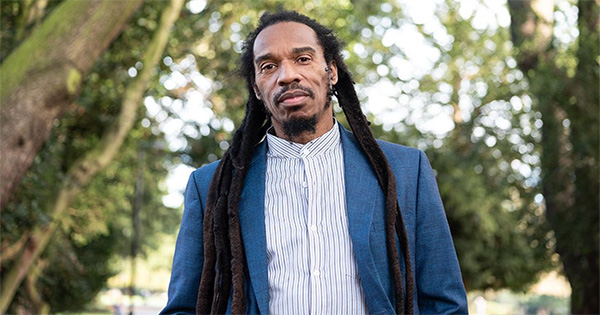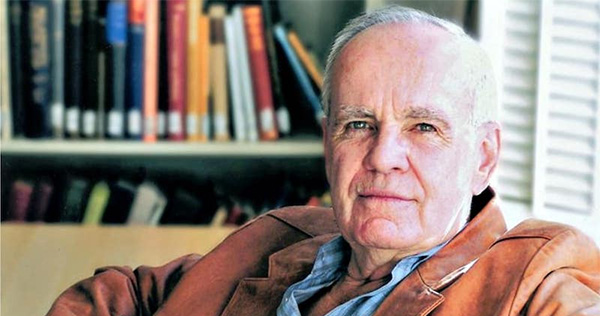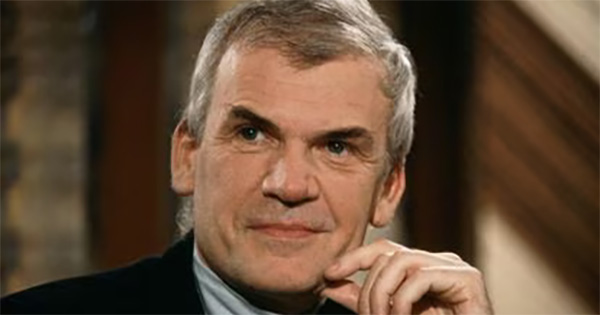Henry Wadsworth Longfellow was an American poet born in Portland Maine on February 27th 1807. The second of eight siblings his father was a lawyer and his mother, the daughter of a general in the Revolutionary war and a member of congress.
Sent to school at a young age Longfellow soon showed his love of learning which his mother encouraged by introducing him to Don Quixote and Robinson Crusoe. He became fluent in Latin and his first poem “The Battle of Lovell’s Pond” was published in the Portland Gazette on November 17, 1820.
After graduating from Bowdoin college in 1825 Longfellow spent three years travelling across Europe before returning to teach at the college he had graduated from all the time writing poetry and pining for greater things, writing “I hate the sight of pen, ink, and paper… I do not believe that I was born for such a lot. I have aimed higher than this”
On September 14, 1831, Longfellow married Mary Storer Potter and in 1834 after being offered a professorship of modern languages by the president of Harvard he and his wife spent more time abroad with Longfellow learning several more languages. Sadly, during this time, Mary suffered a miscarriage and did not recover, she died at the age of 22 on November 29, 1835. Longfellow had her embalmed and placed in a lead lined coffin which he had shipped to Mount Auburn cemetery.
Upon his return to Harvard Longfellow began publishing his poetry, including the collection Voices of the Night in 1839 and Ballads and Other Poems which was published in 1841.
On a trip to Thun in Switzerland Longfellow met Boston industrialist Nathan Appleton and his family and began courting his daughter Frances. Despite his declarations of love Frances wasn’t easily swayed and declined his offer of marriage. Longfellow wasn’t to be easily put off thought writing “Victory hangs doubtful. The lady says she will not! I say she shall! It is not pride, but the madness of passion” he was correct and they married in 1843.
Their marriage was fruitful and they had 6 children, it was also during these halcyon years that Longfellow wrote his most famous of works, The Song of Hiawatha in 1855 but sadly it was not to be a long marriage.
On July 9, 1861 Frances was putting locks of her children’s hair into an envelope and attempting to seal it with hot sealing wax while Longfellow took a nap. Somehow her dress caught fire, and although Longfellow awoke and leapt to her aid attempting to douse the fire with a rug and then with his own hands. Sadly she was already badly burned and she succumbed to her injuries the next day. Longfellow was badly burned himself and could not attend his beloved wife’s funeral.

Longfellow would never recover from the grief of losing his second wife and turned to laudanum and ether to deal with his sorrow.
In March 1882, Longfellow went to bed with severe stomach pain. He endured the pain for several days with the help of opium before he died surrounded by family on Friday, March 24, 1882 and was buried alongside both of his wives.

Birmingham Poet, Benjamin Zephaniah dies, aged 65

Top Authors Join Legal Battle Against OpenAI for Mass Copyright Infringement

Literary Icon, Cormac McCarthy has died




